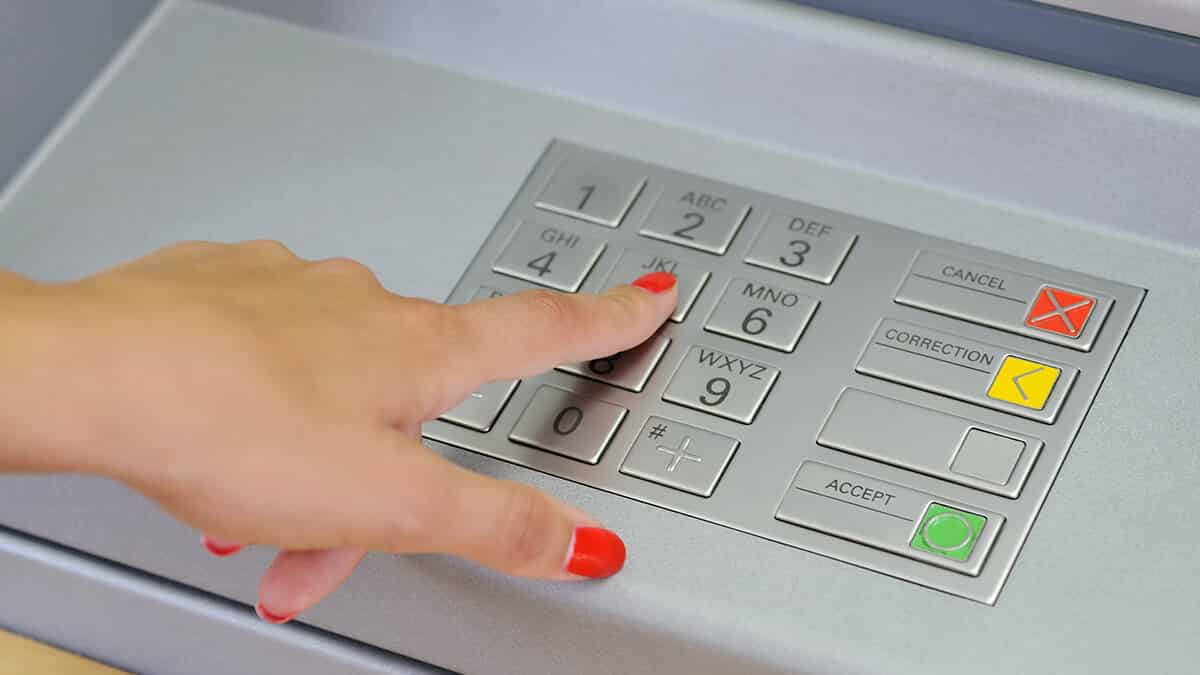In this guide
Once you retire and start an account-based pension from your super fund, you are required to withdraw a minimum amount each financial year.
Australia’s minimum pension withdrawal rates begin at 4% for retirees aged under 65 and rise gradually as you age to 14%. There’s nothing stopping you withdrawing more if you need to or can afford to, but there are financial penalties if you withdraw less.
Minimum withdrawal rates were halved during COVID-19 so retirees would not be forced to sell assets into a falling market to fund their pension. But even before the pandemic hit financial markets for six, there was debate in academic and financial planning circles about how much you can safely spend in retirement and be confident you won’t run out of money.
Read more about minimum pension withdrawal rates.
Good to know
Minimum pension withdrawals are mandated by the government. If you fail to comply, your super pension could lose its tax-free status.
If your super is with a large fund, it’s likely your minimum payments will be adjusted automatically each year.
If you have an SMSF, you need to be vigilant and arrange for the minimum pension payment to be made each year or risk losing the tax-free status of your pension.
The 4% rule
Boost your income in retirement, and make your super last longer
- Interactive tools and calculators give you power to plan
- Step-by-step guides help you put plans into action
- Pension fund rankings reveal how funds are performing
- Tips and strategies to boost your income in retirement
- Comprehensive super and pension rules in plain language
- Newsletters and webinars keep you on top of the current rules


